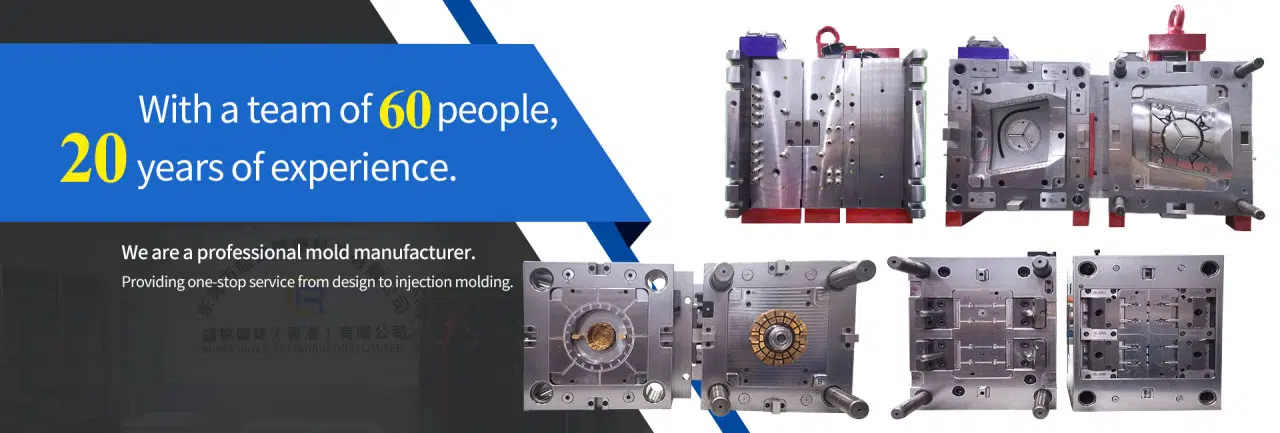
# Laser Cutting Technology: Precision and Efficiency in Modern Manufacturing
## The Evolution of Laser Cutting
Laser cutting has revolutionized the manufacturing industry since its introduction in the 1960s. What began as a niche technology has grown into a cornerstone of modern production processes. The ability to cut materials with extreme precision while minimizing waste has made laser cutting indispensable across numerous industries.
How Laser Cutting Works
At its core, laser cutting utilizes a highly focused beam of light to melt, burn, or vaporize material along a predetermined path. The process involves three main components:
- A laser resonator that generates the beam
- A delivery system that directs the beam
- A cutting head that focuses the beam onto the material
The concentrated heat from the laser beam creates clean, precise cuts with minimal thermal distortion to the surrounding material. Modern systems can achieve cutting tolerances as tight as ±0.1 mm, making them ideal for intricate designs and high-precision applications.
Advantages of Laser Cutting Technology
Laser cutting offers numerous benefits that have propelled its widespread adoption:
1. Unmatched Precision
The ability to produce complex geometries with tight tolerances makes laser cutting perfect for industries requiring high accuracy, such as aerospace and medical device manufacturing.
2. Material Versatility
From metals like steel and aluminum to plastics, wood, and even fabrics, laser cutters can handle an impressive range of materials with appropriate power settings.
3. Speed and Efficiency
Modern laser systems can cut materials much faster than traditional mechanical methods, significantly reducing production times while maintaining quality.
4. Minimal Waste
The narrow kerf width of laser cuts means less material is wasted during the cutting process, leading to cost savings and environmental benefits.
Applications Across Industries
Laser cutting technology has found applications in nearly every manufacturing sector:
| Industry | Application |
|---|---|
| Automotive | Body panels, exhaust components, safety features |
| Aerospace | Turbine blades, structural components |
| Electronics | Circuit boards, enclosures |
| Medical | Surgical instruments, implants |
| Architecture | Decorative metalwork, building components |
The Future of Laser Cutting
As technology advances, laser cutting systems continue to evolve. Emerging trends include:
- Fiber laser technology offering higher efficiency and lower maintenance
- Automated loading/unloading systems for continuous production
- AI-powered optimization for improved cutting paths and material usage
- Hybrid systems combining laser cutting with other manufacturing processes
These innovations promise to further enhance the precision, speed, and versatility of laser cutting, solidifying its position as a critical technology in modern manufacturing.
With its unique combination of precision, efficiency, and versatility, laser cutting will undoubtedly remain at the forefront of manufacturing technology for years to come, enabling the creation of products that were once considered impossible to manufacture.